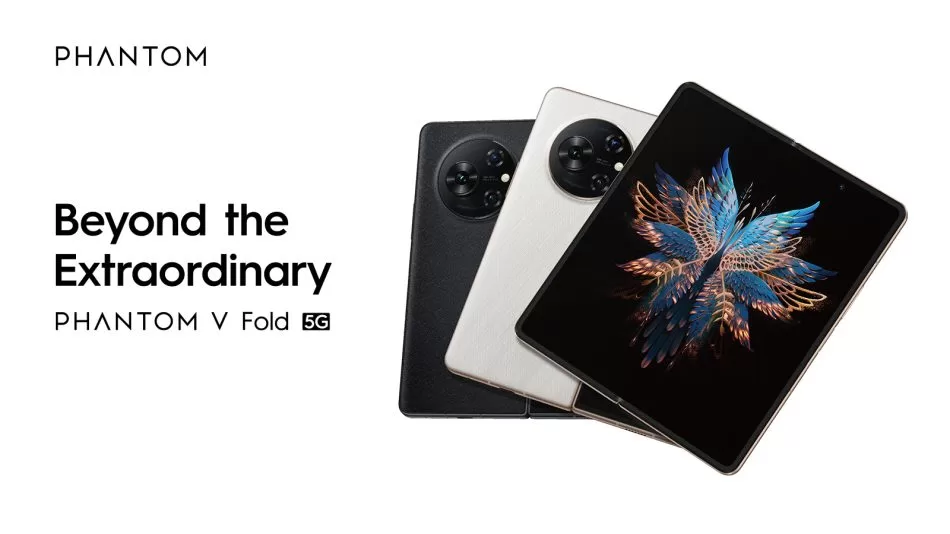In January, I spent some time with Xiaomi-owned Black Shark’s Lucifer T1 wireless earbuds. While far from perfect, I found them acceptable for the price.
Shortly after writing about them, Black Shark asked if I wanted to take the Lucifer T2 earbuds for a spin. The revamped buds boast improvements to battery life, latency, and more.
After testing out the T2 buds, I’ve found them to be a little better and a little worse than the T1s. Sound quality is a mixed bag — I found some songs sounded better on the T2 buds, but others didn’t. I listened to a mix of jazz, hip hop, rock, metal, and found the earbuds worked best for those first three, although all the songs I tried sounded okay.

Lucifer T1 earbuds (left) and T2 earbuds (right).
Overall, the clarity was definitely improved on the new buds, which is a bonus. The bass tuning is still overbearing, however.
Below is a list of the T2 specs and how they’ve improved from the T1 buds:
- 45ms low-latency gaming mode (up from 55ms in the T1)
- “Hi-Fi Stereo Sound Quality” with 10mm drivers (The T1s also had 10mm drivers)
- Two built-in mics in each earbud (T1s also had two mics per earbud)
- Five hours of battery + 15 hours from the case (T1s had 3.5 hours of battery extended to 35 hours by the case)
- IPX5 water resistance protects from sweat and rain (T1 buds were IPX4)
As with the T1s (and other “gaming” earbuds), I found the low-latency mode on the T2 buds didn’t make a huge amount of difference. On the upside, I didn’t have to use gaming mode on the T2s just to get decent sound like I did with the T1s. The flip side to that, however, is that the T2’s gaming mode significantly reduced audio quality compared to the music mode and the T1 buds.

Other problems I encountered with the T1 buds weren’t present on the T2s, such as the inconsistent volume issue. Call quality remained acceptable as well.
Beyond that, the only other changes to the Lucifer T2 buds were aesthetic, for better and worse. The T2 buds now have a grey case that stores the earbuds vertically like the AirPods Pro rather than the horizontal case of the T1 buds.
The new case has better indicator lights, with three green LEDs on each side that flash when charging and can also show the charge level for each earbud.

The T2 earbuds are also slightly different with a simpler grey and black design. The buds are slightly larger than the T1s and unfortunately, I found the T2s got uncomfortable to wear faster than the T1s. I generally find all in-ear buds like this to be uncomfortable over long listening sessions, but the T2 earbuds hit that point a little faster than most.
Overall, I’d say the Black Shark Lucifer T2 earbuds mostly improve on the T1 buds. From a pure hardware perspective, the T2s match or beat the T1s in almost every category except case battery life, but makes up for it with longer earbud battery life. Although the comfort issue makes me lean more towards the T1 earbuds, I think most people shopping for sub-$50 wireless earbuds would generally be happy with either version.

At the time of writing, the Black Shark Lucifer T2 earbuds were available for $42.49 on Amazon (down from the regular $49.99). The Lucifer T1 earbuds were on sale for $33.99 (down from the regular $39.99), making them slightly more compelling for penny pinchers. Either way, if you’re willing to spend more on wireless earbuds, there are much better options with added features like noise cancellation and improved sound.
MobileSyrup utilizes affiliate partnerships. These partnerships do not influence our editorial content, though MobileSyrup may earn a commission on purchases made via these links.
Note: This article have been indexed to our site. We do not claim legitimacy, ownership or copyright of any of the content above. To see the article at original source Click Here












